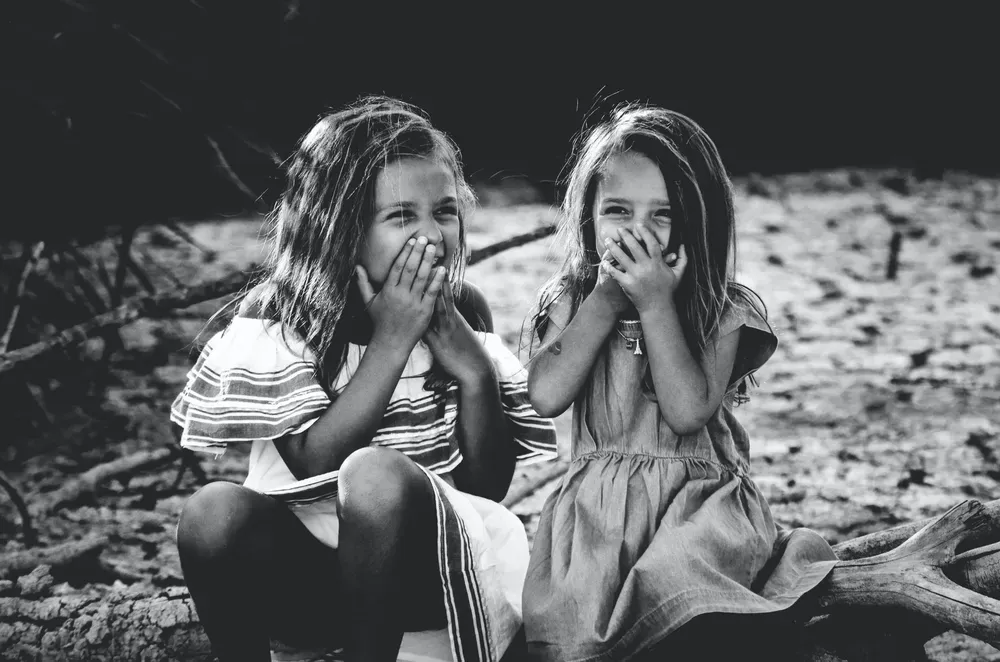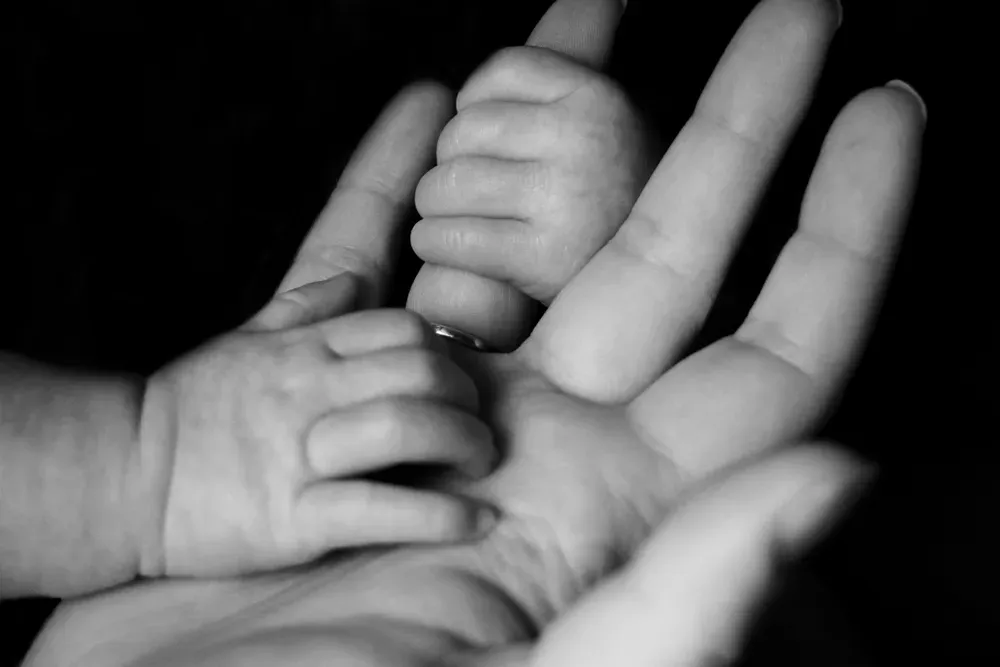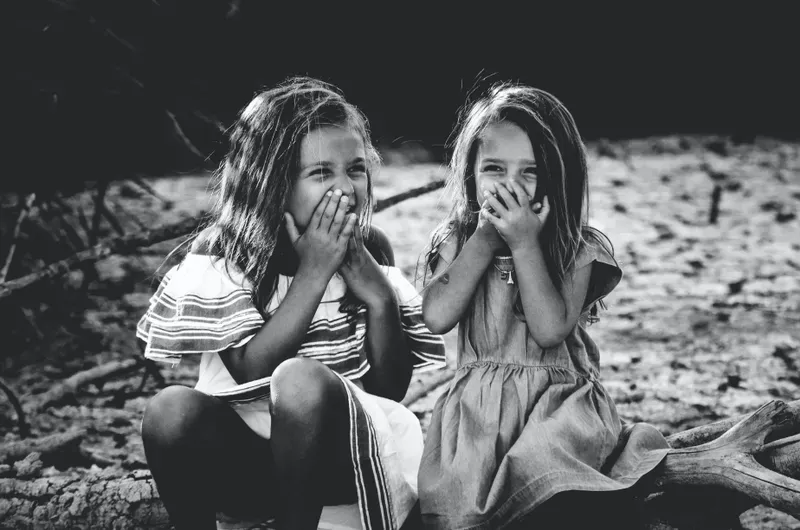Fostering Resilience in Young Children: A Guide for Teachers
by Wa-Ling Ho
As a teacher, you play a crucial role in shaping the development of young children. One of the most important skills that you can help children develop is resilience. Resilience is the ability to bounce back from challenges and setbacks. It's a critical skill that will serve them well throughout their lives.
In this article, we'll explore some of the ways that you can help promote resilience in children under the age of 5. These tips and tricks are based on research and experience and can be easily implemented in your classroom or at home.
Build Strong Relationships with Your Children

One of the most critical factors in helping young children develop resilience is building strong relationships with them. Children who feel seen, heard, and cared for are more likely to develop the self-esteem and confidence they need to tackle challenges.
One way to build strong relationships with your children is by taking the time to get to know them. Take an interest in their lives, what they enjoy doing and how they react to interactions and situations. Show empathy when they are upset, and praise them for their efforts, not just their achievements. We are living in a world that is busy and full of distractions so be fully present when you are with children. At times we all let our minds wonder but children know and will often tell you if you are not fully engaged with them.
Foster a Growth Mindset

Another way to promote resilience in young children is by fostering a growth mindset. A growth mindset is the belief that skills and abilities can be developed through hard work and perseverance. Children with a growth mindset are more likely to embrace challenges and persist in the face of setbacks.
To foster a growth mindset, praise children for their effort, not just their natural abilities. Encourage them to give things a go, take risks and make mistakes, and help them see mistakes as opportunities to learn.
I have to share a nugget of wisdom that I heard an amazing teacher share with children at a mat time. It was a day where things were not going as planned and there were lots of problems to solve.
You have to "THINK LIKE WATER" is what Teacher Julie said.
Water flows easily, if there is no way it will find a way. If there is a rock in it’s path, it won’t say “get up rock and move”, the water will just flow around the rock and not even get upset. It finds a new way and keeps flowing. We have to be like the water and when things go wrong or we need to find another solution, we do not get upset but just "think like water and keep going", there is always more than one answer and solution.
Create a Safe and Supportive Learning Environment

Creating a safe and supportive learning environment is essential for promoting resilience in young children. Children who feel safe and supported are more likely to take risks and try new things, knowing that they won't be judged or ridiculed if they fail.
One way to create a safe and supportive learning environment is by setting clear expectations and boundaries. Create a classroom culture where everyone is respected and valued. Encourage children to collaborate and work together, and celebrate their successes as a group.
Encourage Problem-Solving and Critical Thinking Skills

Another way to help children develop resilience is by encouraging problem-solving and critical thinking skills. Children who are able to think critically and solve problems on their own are more likely to feel confident in their ability to tackle challenges.
To encourage problem-solving and critical thinking skills, provide children with open-ended questions and scenarios that require them to think creatively. Encourage them to brainstorm solutions and share different options and ideas.
Teach Coping Strategies

Finally, it's important to teach young children coping strategies that they can use when they face challenges or setbacks. Coping strategies are techniques that help children manage their emotions and navigate difficult situations.
Some coping strategies that you can teach young children include deep breathing, counting to 10, and taking a break to do something calming.
A teacher asked our 3–5-year-old children at kindergarten what are some of the things they do when they have big emotions, feel frustrated or can’t say what they are feeling. These are some of their responses: “take deep breaths”, “hit my pillow”, “find a quiet place to read”; “have a sleep”; “brush my teeth”; “eat some ice cream”; “ask for a cuddle” and “speak to my mom or dad or teacher and tell them how I feel”. Encourage children to identify what works best for them and practice these coping strategies regularly.
In conclusion, promoting resilience in young children is a critical task for teachers and parents. By building strong relationships, fostering a growth mindset, creating a safe and supportive learning environment, encouraging problem-solving and critical thinking skills, and teaching coping strategies, you can help set your children up for success both inside and outside the classroom. Remember, small actions can make a big difference in the lives of young children.



